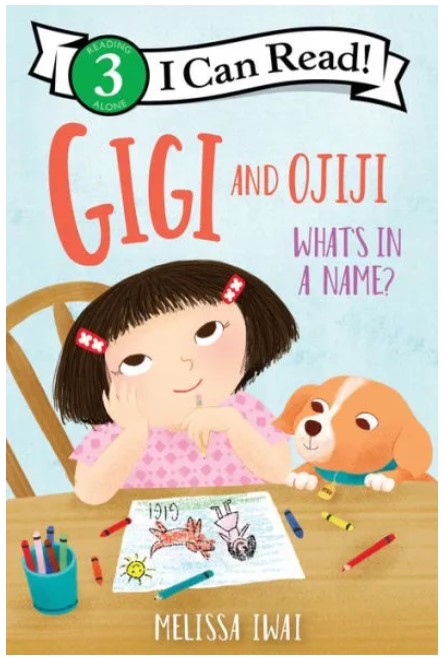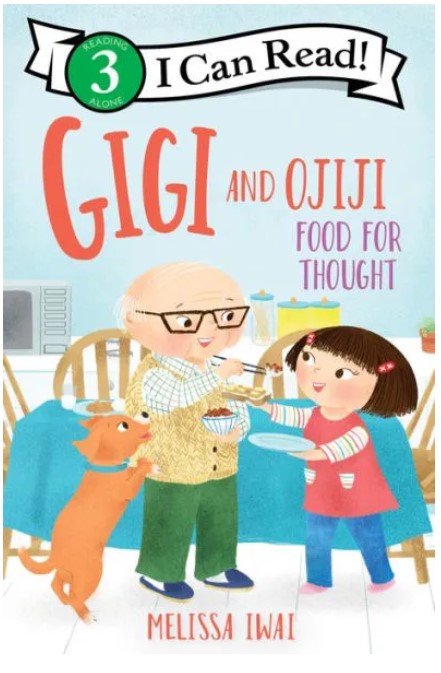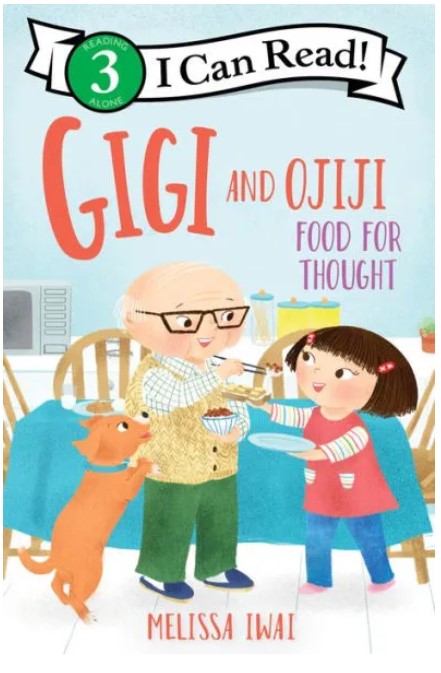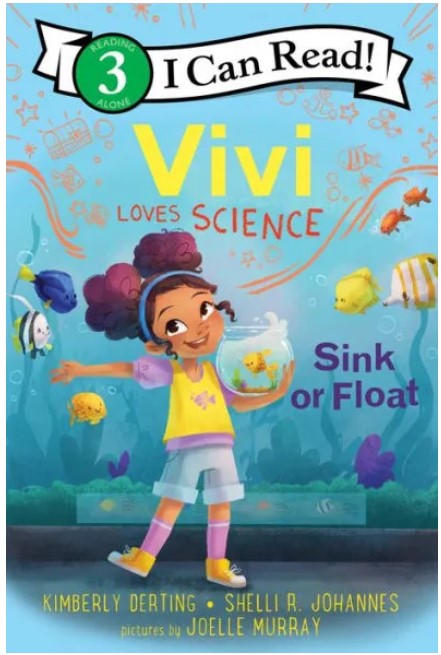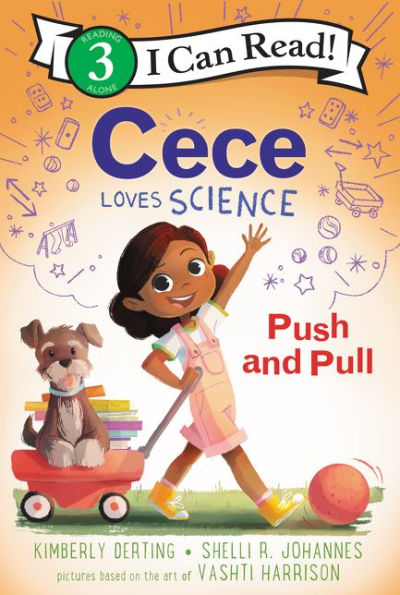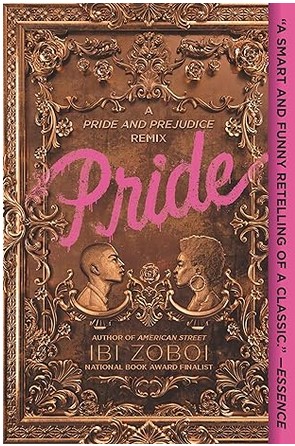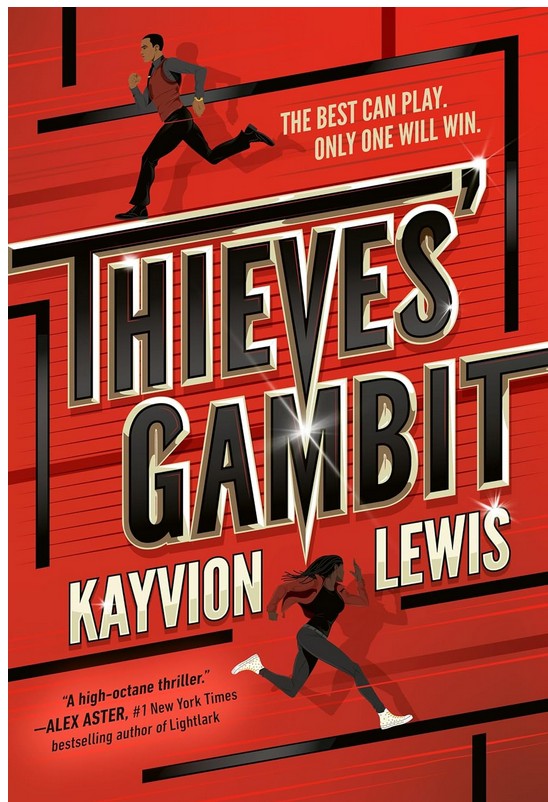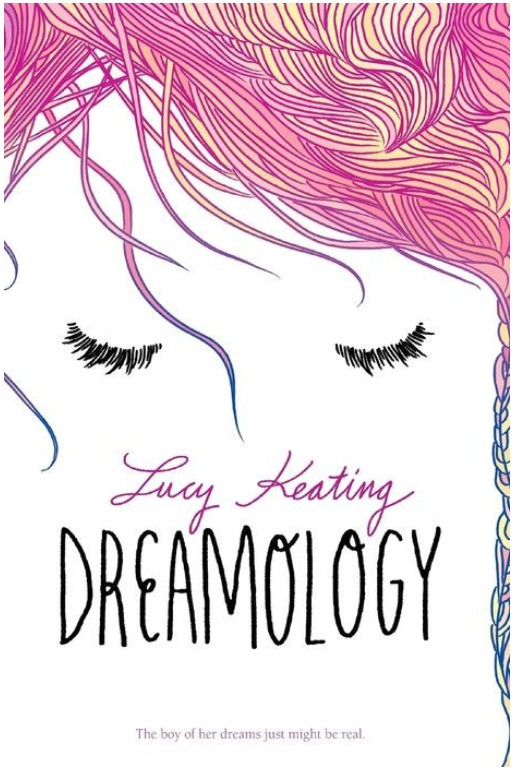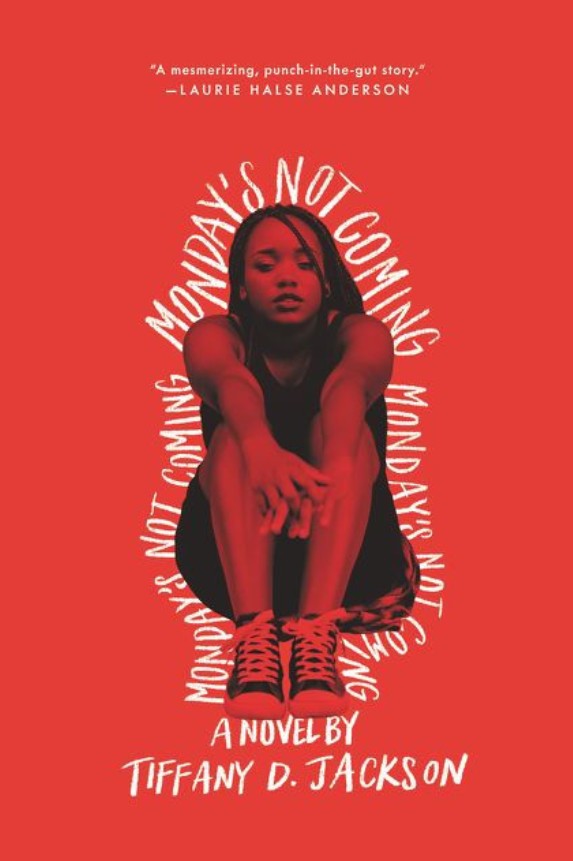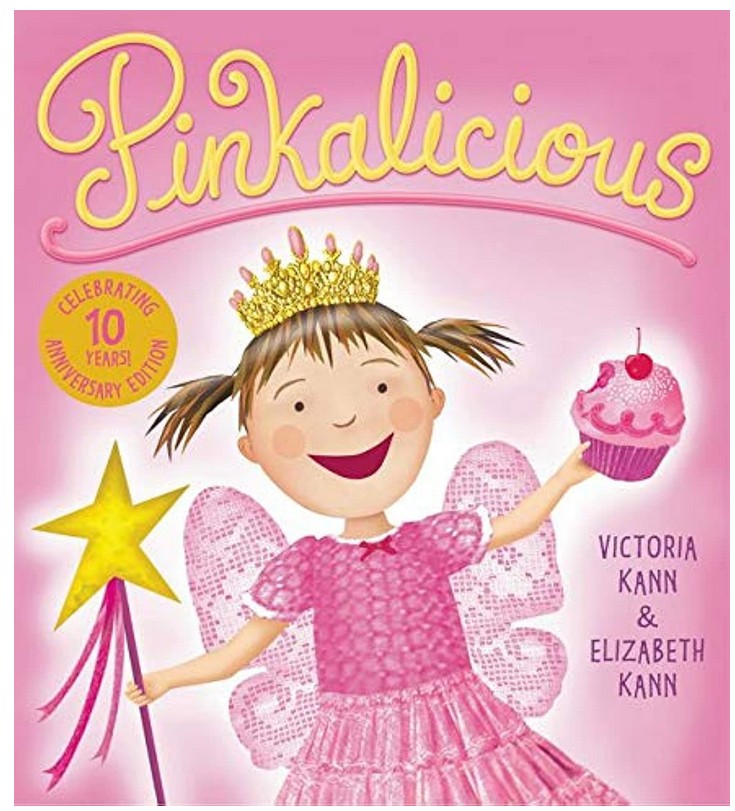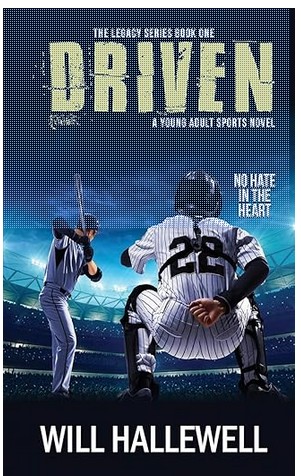Gigi wants to be called something other than her baby name of Gigi—but her full name, Geraldine, is too long to write. And Hanako, her middle name, doesn’t feel quite right. Will Gigi find the perfect name?
Throughout the day, Gigi tries using different names. Gigi’s family encourages her to try using different names and her grandfather, Ojiji, even shows her how to write Hanako in Japanese. Even though the name Hanako doesn’t feel right, Gigi thinks she needs to use the name because “Ojiji likes the name Hanako. And it’s easy for him to say.” However, Ojiji assures Gigi that she needs to choose the name that feels perfect to her.
As part of the I Can Read Level 3 Series, Gigi and Ojiji: What’s in a Name? is intended for independent readers who are ready for more complex plots and challenging vocabulary. Each page has three to six sentences and large illustrations. The cute illustrations capture Gigi’s emotions while the back of the book has a Japanese vocabulary wordlist.
Readers will enjoy watching Gigi interact with her family as she tries out different names. Gigi and Ojiji: What’s in a Name? features Gigi, a biracial six-year-old girl, and her parents. Through Gigi’s adventure, Gigi’s family uses positive communication to solve problems using everyday events that readers will relate to. The cute story and relatable conflict will have children reading it again and again. Readers who enjoy Gigi and Ojiji: What’s in a Name? can go on more adventures by reading the Katie Woo Series by Fran Manushkin.
Sexual Content
- None
Violence
- None
Drugs and Alcohol
- None
Language
- None
Supernatural
- None
Spiritual Content
- None
